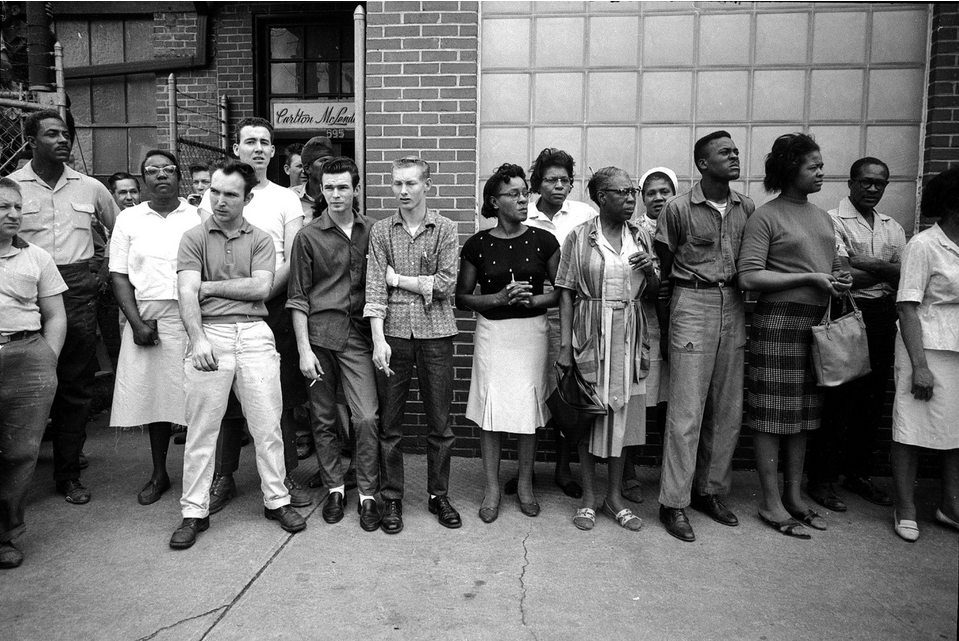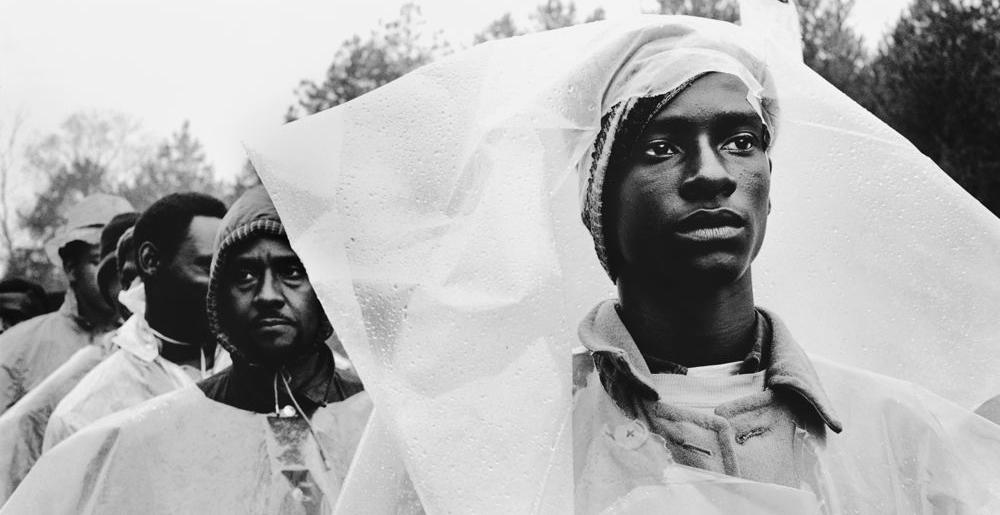Santa Fe--Monroe Gallery of Photography, 112 Don Gaspar, is honored
to present a special panel discussion on the role of photojournalism in the
civil rights movement up to the present day. Freelance photojournalist Whitney
Curtis, veteran LIFE magazine reporter Richard Stolley and interim director of
the UNM Art Museum and Dean of the College of Fine Arts Kymberly Pindar will
share their experiences and views on Friday, September 18, starting promptly at 5:30.
Seating is very limited and will be on a first come basis. The discussion will take place in the gallery during the final week of the exhibition
"The Long Road: From Selma to Ferguson", which closes on September
27.
Many of the now iconic photographs of the Civil Rights
Movement in the United States were once front-page news. The year 2015 brought
renewed attention to many of these historic images not only from the 50th
anniversary of Martin Luther King's march and the acclaimed film
"Selma" but also as Baltimore, Charleston, and Ferguson, Missouri,
and other American cities grapple with conflicts across the racial divide and
produce new images that have confronted American society anew with questions of
equality.
Richard Stolley
already had a distinguished career in journalism when he joined TIME magazine in 1953. As a reporter for Time and LIFE he covered numerous civil rights stories during the 1960's, of which
he has said "There would
not have been a civil rights movement without journalism. I think LIFE
magazine was the most influential publication in changing American attitudes
toward race because other news magazines would tell you what was happening and
LIFE magazine would show you. LIFE photographers captured images of people
spitting on black kids. Those people landed in a great big photo in the
magazine, their faces distorted with hate, and spit coming out of their mouths. That image is going to change peoples' attitude in a
way that words never could. That is exactly what LIFE magazine did week after
week after week."
After graduating with a degree in photojournalism from the University
of Missouri-Columbia, Whitney Curtis worked as a staff photojournalist at The Kansas
City Star, northern Utah’s Standard-Examiner, and the Daily Herald in suburban
Chicago. As an editorial photojournalist, Whitney’s work has been honored by
The Associated Press, NPPA’s Best of Photojournalism, CPoY, and Women in
Photojournalism. A resident of St. Louis, Whitney was not surprised by the
outpouring of anger and emotion after a police officer killed Michael Brown in
Ferguson, Mo. What she did not expect, however, was to be caught in the middle of it. She covered the 2014 protests extensively, often on assignment for The
New York Times. Her image of image of Rashaad Davis from the Ferguson, Missouri
protests was awarded 1st place Domestic News 2014 in NPPA's Best of
Photojournalism Contest.
Kymberly Pindar is the interim director of the UNM Art
Museum and dean of the UNM College of Fine Arts. Pindar is co-curator of the
exhibition "Necessary Force: Art of the Police State which" will run
from September 11 through December 12, 2015 at the UNM art museum. This
exhibition interrogates law enforcement’s longstanding history of violence, and
the systemic forces that continue to sanction and promote the violation of
civil rights in this country. Dr. Pinder holds two master’s degree and a Ph.D.
in art history from Yale University.
Monroe Gallery of
Photography was founded by Sidney S. Monroe and Michelle A. Monroe. Building on
more than five decades of collective experience, the gallery specializes in
20th and 21st photojournalist imagery. The gallery also represents a select
group of contemporary and emerging photographers. Monroe Gallery was the
recipient of the 2010 Alfred Eisenstaedt Award for Excellence in
Photojournalism.
Gallery hours are 10 to 5 daily. Admission is free. For
further information, please call: 505.992.0800; E-mail: info@monroegallery.com.






